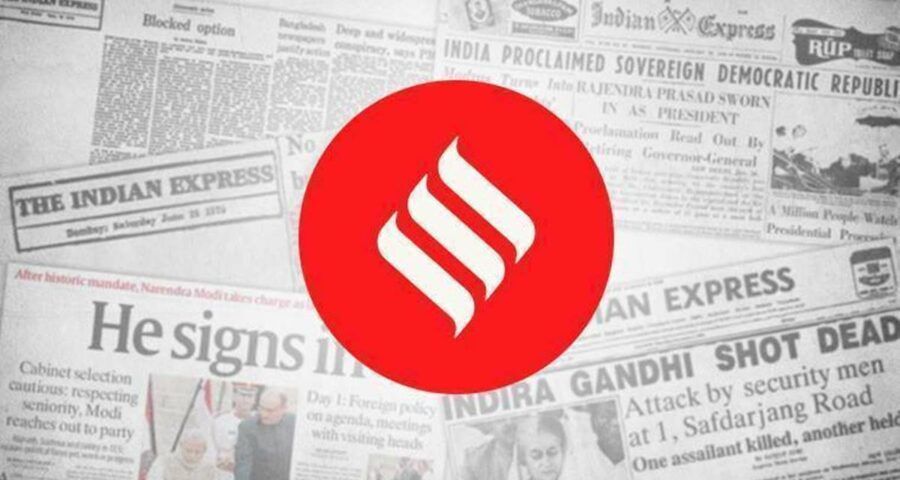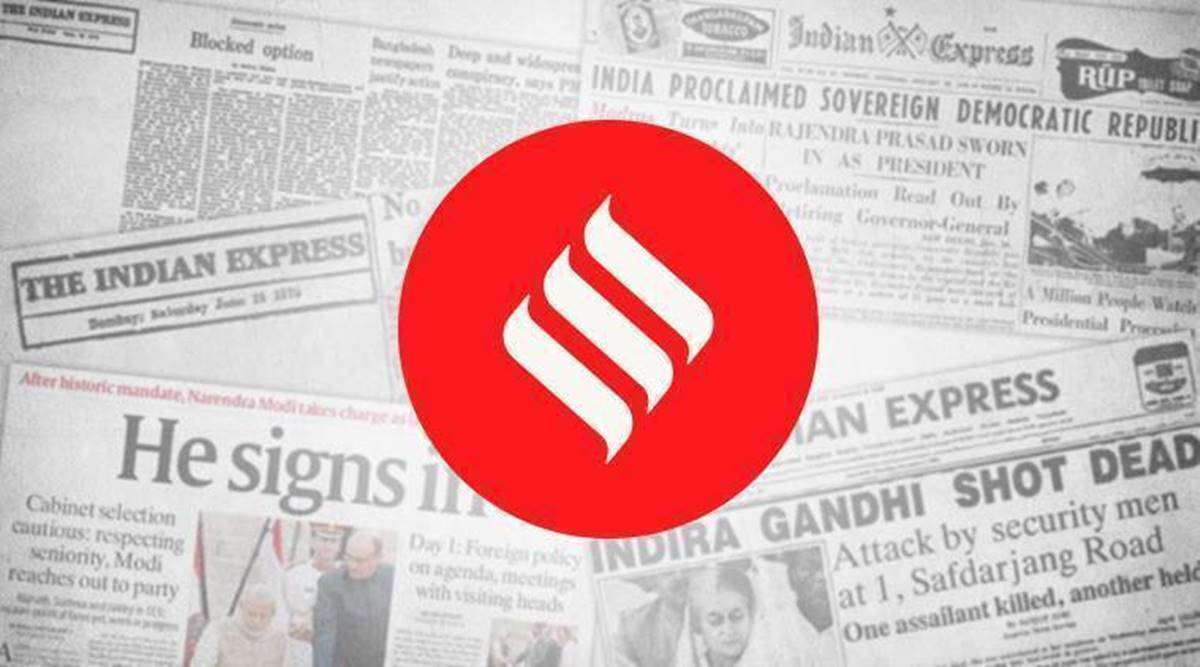In the best pictures Danish Siddiqui made, the velocity of breaking news slowed down to yield the human story
I want to expose you to the raw truth — and make you a witness to it. You can look away, or stand up and ask for change,” Danish Siddiqui had said in a talk last year. And till his death in a Taliban attack in Kandahar, Afghanistan on Friday, the Pulitzer-winning photojournalist was on the field doing just that — bearing witness to some of the subcontinent’s most fraught conflicts, and making it hard for his audience to look away. For every crisis in the last tumultuous years in Indian political life, whether it was Delhi burning in the February 2020 riots or the long walk home of migrant workers from metropolises placed under a sudden lockdown, or the Covid-19 pandemic’s brutal second wave, there is an iconic Danish Siddiqui frame telling the story.
In the best pictures that he made, the velocity of breaking news and the punishing march of history slowed down to yield the human story. A boy in a yellow-checked shirt sits atop his father’s shoulders, his eyes bewildered, as a group of migrant workers walk out of Delhi, the lights of the city about to fade behind them. A young man whips out a gun and aims at anti-CAA/NRC protestors in Delhi, as policemen look on. A brother and sister break down outside a Delhi mortuary, their faces hidden, a sorrow both public and private. Siddique’s images of exhausted Rohingya refugees, or of the silent homes of the victims of the Easter Sunday bombings in Colombo, or the mass pyres of coronavirus victims all convey a devastating grief — for people caught up in dehumanising forces beyond their control. In the image of a Muslim man cowering before a crazed mob during the Delhi riots, Siddiqui makes a chilling portrait of collective derangement.
Like the best of journalism, Siddiqui’s work came about by turning up and being there — by pitching his body into the unforeseen moment, despite all the attendant risks. At a time of organised untruths and digital manipulation of media, the photojournalist’s work has a powerful authenticity — and heart. In conflict zones — and indeed, in the hyper-partisan echo chambers of social media — the journalist walks a fine line, dodging black- and-white answers, to bring the reader face to face with a complicated, grey truth. The tragedy of Danish Siddiqui’s death in one of the world’s oldest conflict zones deprives us all of more such riveting, humanising encounters with the world.
Source: Read Full Article


